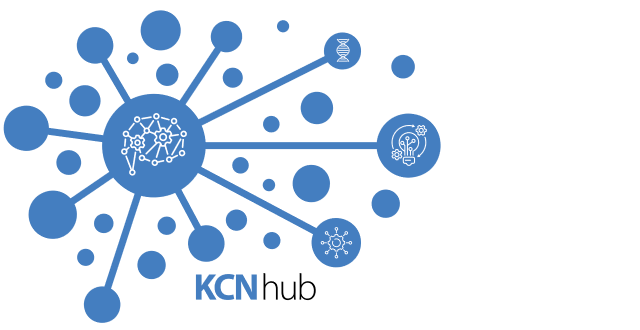Internal KCN: Firing Rate Models for Controlling Parkinsonian and Essential Tremor Using Deep Brain Stimulation
Abstract
Deep Brain Stimulation (DBS) is an effective treatment for neurological movement disorders, including Parkinson’s disease (PD) and essential tremor (ET). However, the underlying mechanisms of DBS remained elusive. The DBS mechanisms are difficult to decipher due to the sparsity of human data, and lack in understanding how DBS affects the disease-related neural circuits. For human subjects, neural data can only be recorded in a very small proportion of neurons, with limited stimulation patterns to guarantee safety.
To address these challenges, we need to develop efficient and biophysically-realistic computational models to infer the DBS mechanisms underlying the disease-related neural circuits. Development of PD and ET symptoms is thought to be related to the pathological changes in the basal ganglia, thalamus, cortex and cerebellum. The firing rate of neurons is one of the most representative features, and firing rate models are both very computationally efficient and physiologically informative. Thus, in this project, we aim to develop firing rate models of the disease-related neural circuits to identify the relationship between different DBS frequencies and outputs generated by different nuclei. In this way, our ultimate goal is to better understand the mechanisms of action of DBS, which in turn provides opportunities to control the dysfunction of the disease-related neural circuits.
In particular, we plan to develop:
(i). The rate model of basal ganglia and thalamic neurons receiving DBS, on the neuronal or local group level.
(ii). The rate model of the neural circuits impacted by DBS, on the network level.
(iii). A closed-loop DBS control system – based on the rate network model – for potentially treating tremors.
